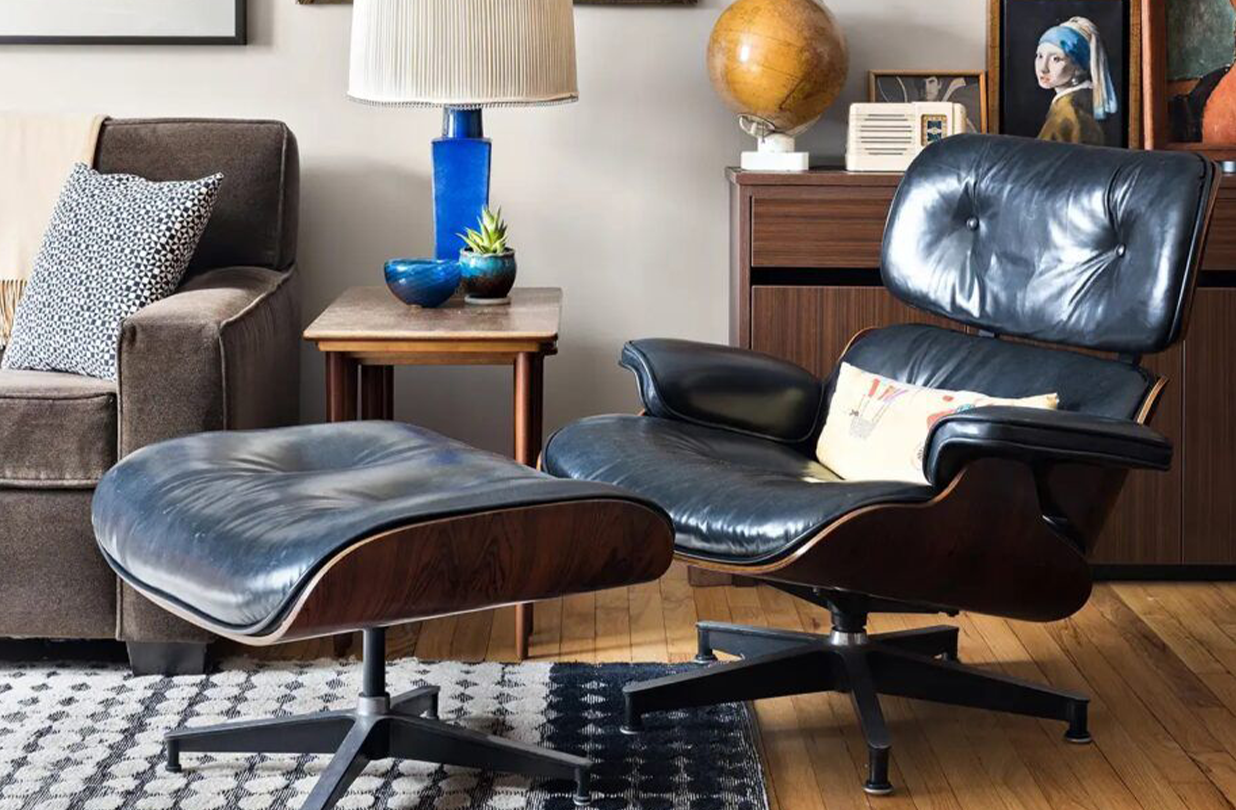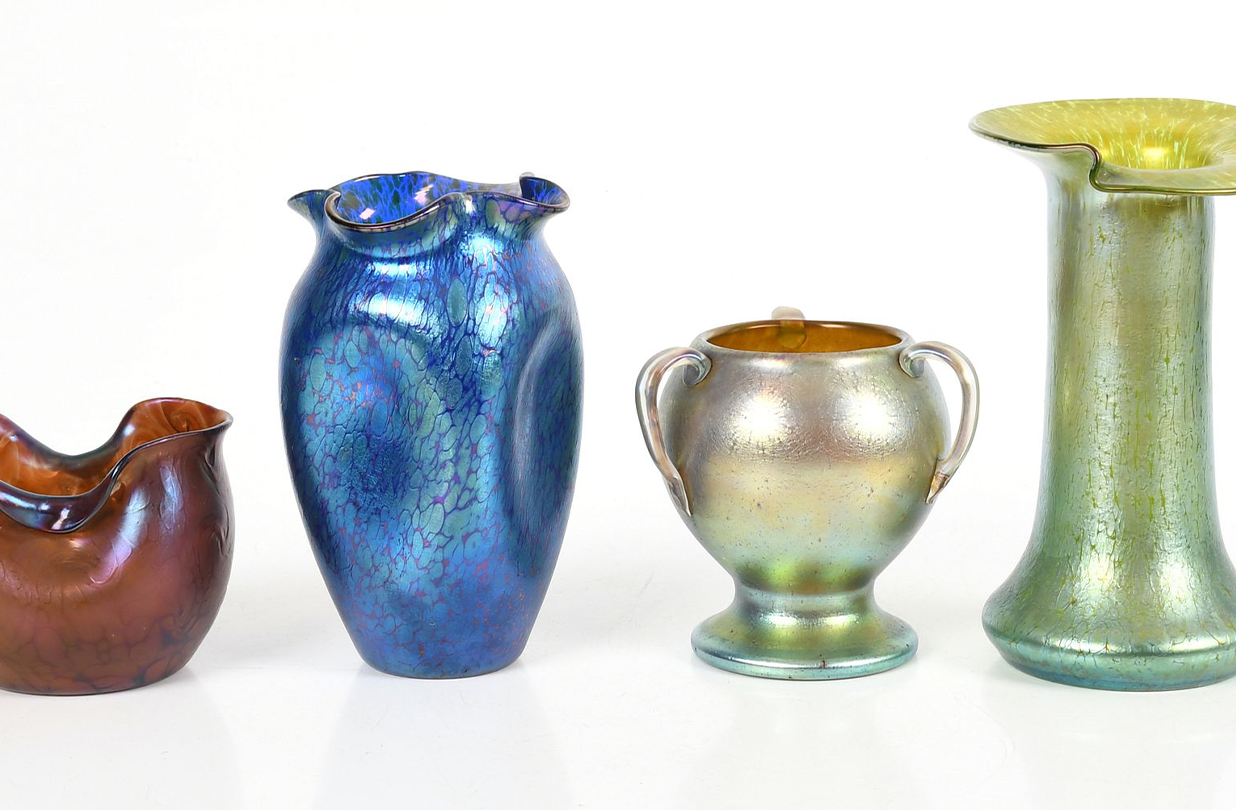
The Eames lounge chair has become a fixture in design history, but its monetary value varies widely. Age, materials, condition, and production details all shape what someone is willing to pay—and what sellers are realistically able to get.

The Eames lounge chair has become a fixture in design history, but its monetary value varies widely. Age, materials, condition, and production details all shape what someone is willing to pay—and what sellers are realistically able to get.

The collaboration between Charles and Ray Eames and the manufacturer that produced their furniture is one of the most recognizable design partnerships of the 20th century. It didn’t just yield popular pieces—it redefined how furniture could function in modern life. While the chairs and tables get most of the attention today, the evolution of the partnership and its resulting designs tells a broader story.

The high price tag attached to many Herman Miller chairs has long sparked questions—especially from those encountering the brand for the first time. At a glance, they might look similar to other office chairs, but their cost lands in a different category entirely. That gap is no accident.

Loetz glass is among the most admired art glass of the late 19th and early 20th centuries. Known for its iridescent surfaces, bold colors, and experimental techniques, Loetz pieces remain highly collectible today. For collectors, historians, or enthusiasts, the ability to recognize Loetz glass is a valuable skill—and not always straightforward, since many makers imitated their style.

Loetz glass represents one of the most important chapters in the history of decorative art. Produced in Bohemia—an area long known for its skilled glassmaking—the works of Johann Loetz Witwe (commonly shortened to “Loetz”) became defining examples of Art Nouveau glass. Bold experimentation, vibrant colors, and innovative finishes made Loetz glass highly sought after in its time and still admired by collectors today.

Loetz glass remains one of the most collectible names in the world of decorative art, and its market continues to attract strong interest from collectors, dealers, and museums alike. Known for its bold Art Nouveau aesthetics and innovative iridescent finishes, Loetz pieces regularly appear at auctions and private sales. Understanding their current value in 2025 requires looking at condition, rarity, style, and overall demand.